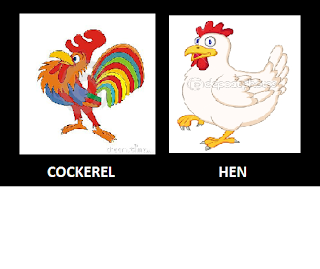COOKIES
How many cookies could a good cook cook If a good
cook could cook cookies?
A good cook could cook as much cookies as a good
cook who could cook cookies.
Chuck Woods
How much wood could Chuck Woods' woodchuck chuck, if Chuck Woods' woodchuck could and would chuck wood? If Chuck Woods' woodchuck could and would chuck wood, how much wood could and would Chuck Woods' woodchuck chuck? Chuck Woods' woodchuck would chuck, he would, as much as he could, and chuck as much wood as any woodchuck would, if a woodchuck could and would chuck wood.
Bobby Bippy
Bobby Bippy bought a bat.
Bobby Bippy bought a ball.
With his bat Bob banged the ball
Banged it bump against the wall
But so boldly Bobby banged it
That he burst his rubber ball
"Boo!" cried Bobby
Bad luck ball
Bad luck Bobby, bad luck ball
Now to drown his many troubles
Bobby Bippy's blowing bubbles.
Bobby Bippy bought a ball.
With his bat Bob banged the ball
Banged it bump against the wall
But so boldly Bobby banged it
That he burst his rubber ball
"Boo!" cried Bobby
Bad luck ball
Bad luck Bobby, bad luck ball
Now to drown his many troubles
Bobby Bippy's blowing bubbles.
.jpg)


.jpg)

.jpg)

























.jpg)



















